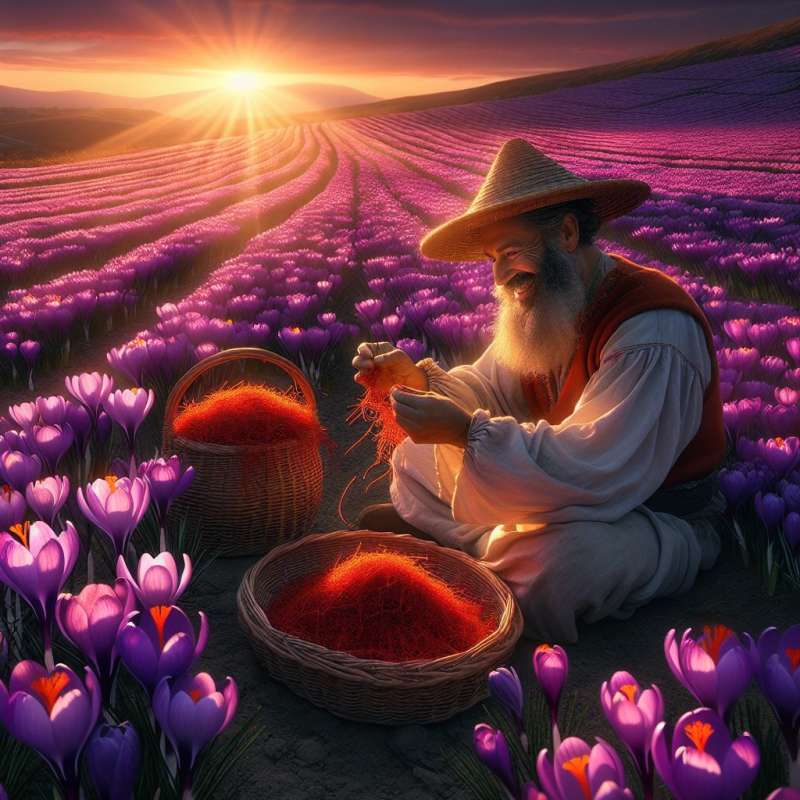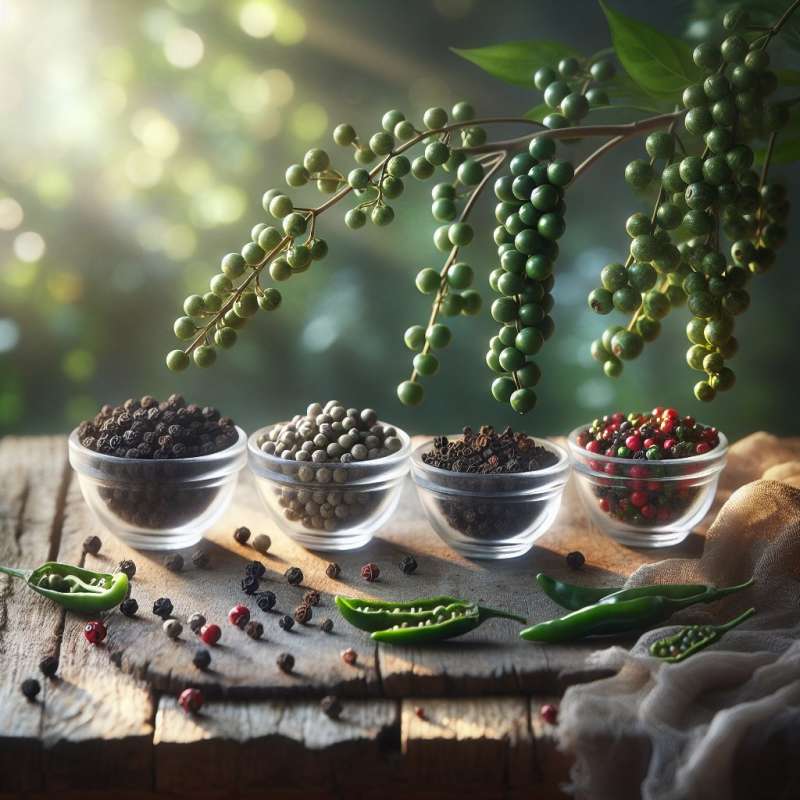
History of Spices
Spices have been used for over 4000 years, with ancient Egyptians relying on them for embalming. The spice trade was a major economic driver, influencing exploration, colonization, and the establishment of trade routes globally.
Nutmeg's Dark Past
In the 17th century, Dutch colonizers committed atrocities to control nutmeg production in the Banda Islands. This small spice was once worth more than its weight in gold, leading to extreme measures to maintain monopoly.
Saffron: World's Costliest Spice
Saffron, derived from Crocus sativus stigmas, requires 75,000 flowers to produce one pound, making it the most expensive spice. Its high cost is due to the labor-intensive harvesting process and the large quantity of flowers needed.
Turmeric's Medicinal Properties
Turmeric contains curcumin, known for its anti-inflammatory and antioxidant properties. Studies suggest it may help prevent Alzheimer's and cancer, making it more than just a culinary spice but a potential health boon.
Pepper's Varied Flavors
Black, white, green, and red peppercorns all come from the same plant, Piper nigrum. The difference lies in their processing stages: black is dried unripe, white is ripe with skin removed, green is preserved, and red is fully ripe.Cinnamon's Explosive Secret
Cinnamon contains cinnamaldehyde, which can ignite when airborne. Due to this, cinnamon dust can cause explosions in confined spaces under the right conditions.
Which civilization used spices for embalming?
Ancient Egyptians
Romans
Greeks
Company